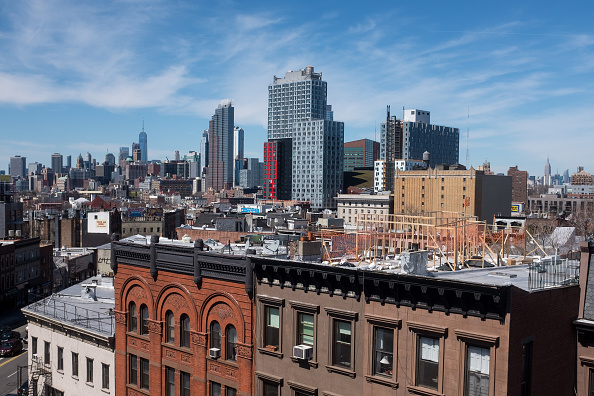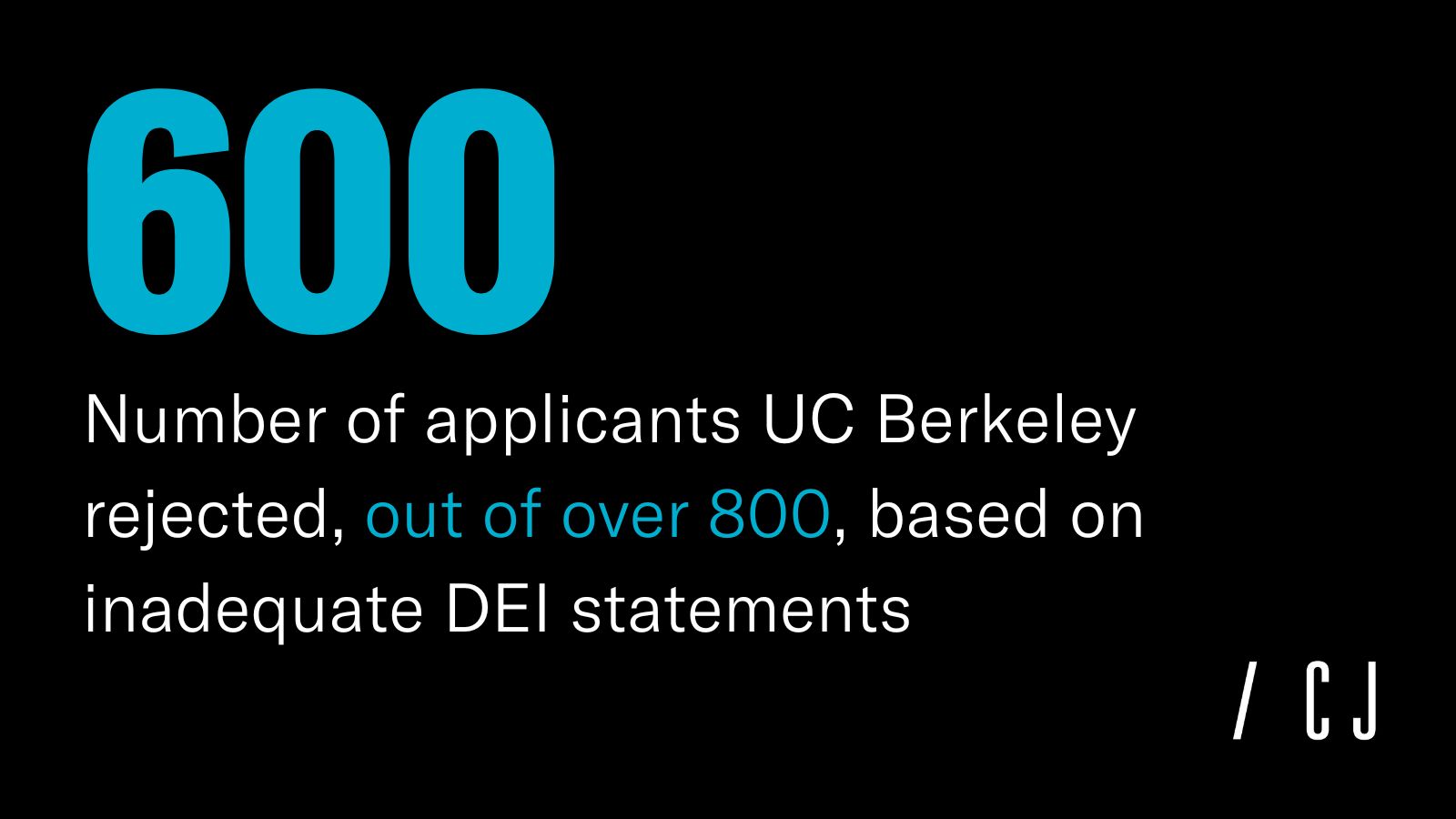|
Forwarded this email? Sign up for free to have it sent directly to your inbox. |
|
|
Good morning,
Happy Friday. Today, we’re looking at a fundamental problem with the “abundance” movement, why burning Teslas isn't a legitimate form of protest, Trump’s order to gut the Department of Education, “safer supply” drug policy, and what tariffs could mean for the price of cocktails. Don’t forget to write to us at editors@city-journal.org with questions or comments. |
|
|
Last week, the New York City Council approved a rezoning plan for Windsor Terrace, a residential neighborhood in Brooklyn. It will allow construction to move forward on a new building with 250 housing units—nearly half of which will be offered at below-market rates. The original project was supposed to be larger, but with fewer affordable units. Neighborhood activists convinced local officials to change course.
“While it might sound appealing to require ‘affordable housing’—that is, deed-restricted, below-market units made available through a housing lottery, not simply housing that’s affordable because supply is plentiful—these mandates ultimately worsen the city’s supply shortage,” writes Manhattan Institute president Reihan Salam. “Pricing a larger share of units below market rent means the remaining market-rate units must be priced high enough to subsidize the affordable ones and still generate enough profit to justify construction. In practice, that drives up average rents.”
Even so, the city keeps finding new ways to reduce a given project’s potential profit. Developers, the thinking goes, should be grateful to make any profit at all. “The moral logic—profit is bad—becomes a political strategy for NIMBYs and local rentiers alike,” says Salam. But “if the returns don’t justify the risk and effort involved, developers won’t bother.” |
|
|
In response to Elon Musk’s government cost-cutting measures, left-wing “protesters” have resorted to vandalizing Teslas—keying doors, smashing windows, and even setting the cars on fire. But as City Journal senior editor Charles Fain Lehman observes, there’s a more accurate term for politically motivated violence: terrorism. “The idea that property destruction and violence are legitimate forms of protest has deep roots on the left,” he writes, “but it is inimical to the freedom of expression that makes democratic life possible.” Read his take here.
|
|
|
President Trump’s executive order to wind down the Department of Education has sparked fierce criticism, but as Paul Vallas argues, the panic is misplaced. For decades, federal education policy has expanded bureaucracy without improving student outcomes. Shifting power back to the states would empower local leaders, cut waste, and strengthen accountability in America’s schools.
|
|
|
Some American policymakers believe that giving addicts easier access to opioids—an approach known as “safer supply”—will help reduce overdose deaths. But history tells a different story. Sweden, the U.K., and Canada all tried similar programs and saw increased addiction and rising overdose fatalities. In Canada, organized crime thrived as prescription opioids flooded the black market. The evidence is clear, says Adam Zivo: safer supply is a dangerous experiment that America should reject.
|
|
|
The Last Word cocktail may be timeless, and delicious—but it’s about to get much pricier. If President Trump’s proposed 200 percent tariff on imported European alcohol takes effect next month, American drinkers could feel the squeeze. As City Journal economics editor Jordan McGillis notes, “just buy American” isn’t a real option here: many European liqueurs have no credible domestic substitutes. They’re the product of centuries of craftsmanship, and they’re protected by intellectual property regimes that would make Silicon Valley blush.
|
|
|
By now, you’ve probably seen the photos and videos: angry individuals keying Teslas, smashing windows, even setting the cars on fire. Earlier this week, a man was arrested in Las Vegas for allegedly vandalizing a Tesla Collision Center—spray-painting the word “RESIST” across its doors. So what’s behind all the rage?
The vandalism began not long after Elon Musk and DOGE began trimming the fat from the federal government, so it’s safe to say some people have strong feelings about the Tesla CEO’s cost-cutting crusade. DOGE’s goal, after all, is ambitious: slash government spending by $4 billion a day—saving taxpayers serious money. That also means cutting jobs, many of them unnecessary, across a range of government sectors.
But does that really justify smashing a Tesla’s window? Let’s not ignore the irony: climate change is one of the Left’s defining causes. Tesla makes electric vehicles. Electric vehicles produce zero emissions. Zero emissions mean a healthier planet. What part of the equation isn’t computing?
The Left can keep sounding alarms about how shrinking the federal workforce might lead to food insecurity, national security risks, and yes, reduced climate research. But maybe they should stop attacking the cars that are helping clean up the planet. |
—
If you have Face Palm candidates—embarrassing journalism or media output; cringe-worthy conduct among leaders in government, business, and cultural institutions; stories that make you shake your head—send them our way at editors@city-journal.org. We’ll publish the most instructive with a hat tip to the source.
|
|
|
Photo credits: Epics / Contributor / Hulton Archive via Getty Images |
|
|
A quarterly magazine of urban affairs, published by the Manhattan Institute, edited by Brian C. Anderson. |
|
|
Copyright © 2025 Manhattan Institute, All rights reserved. |
|
|
|








